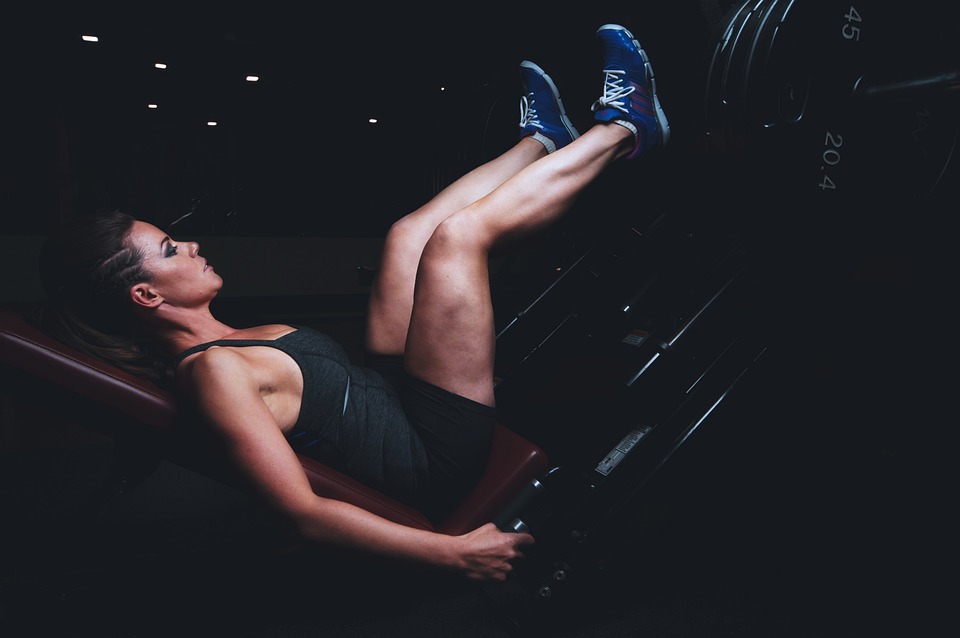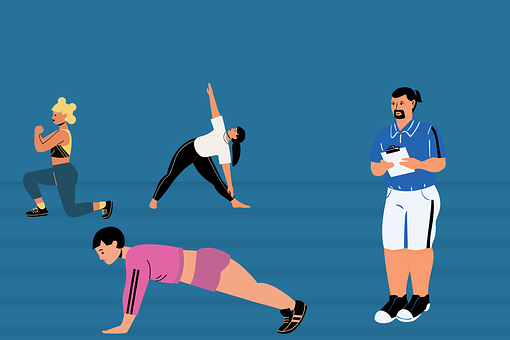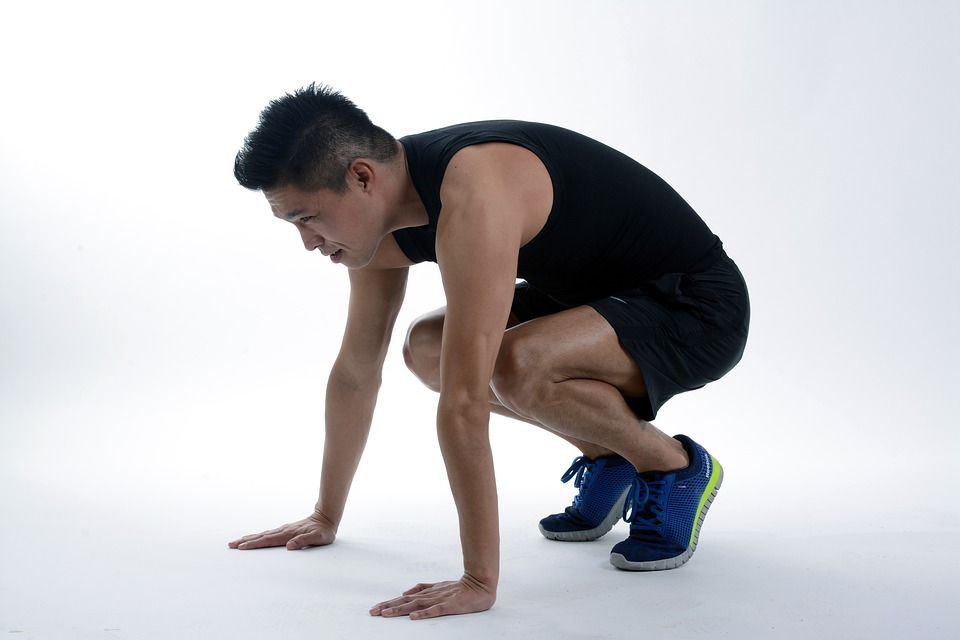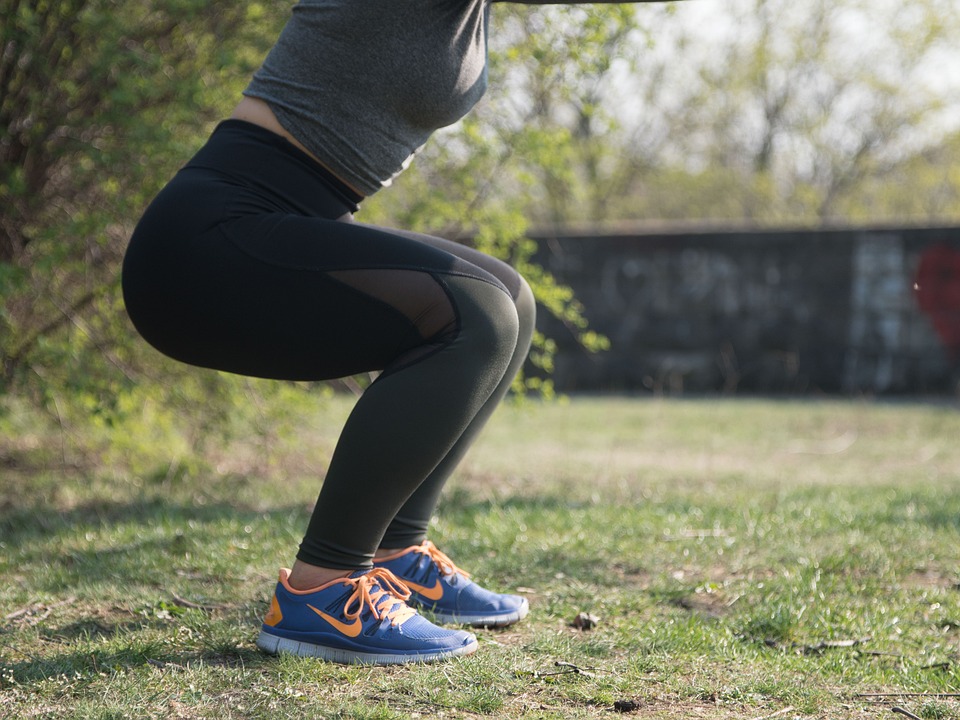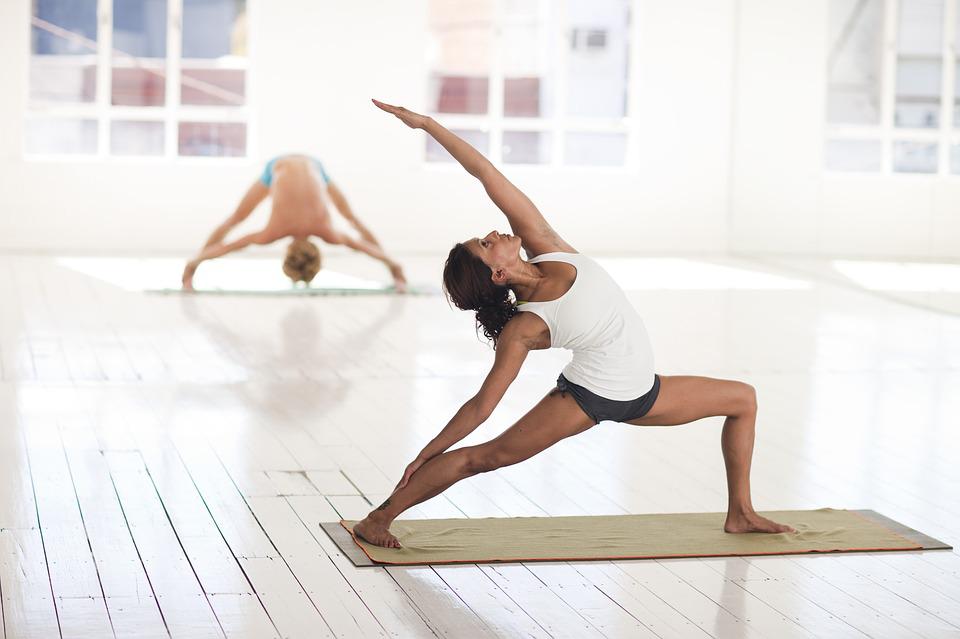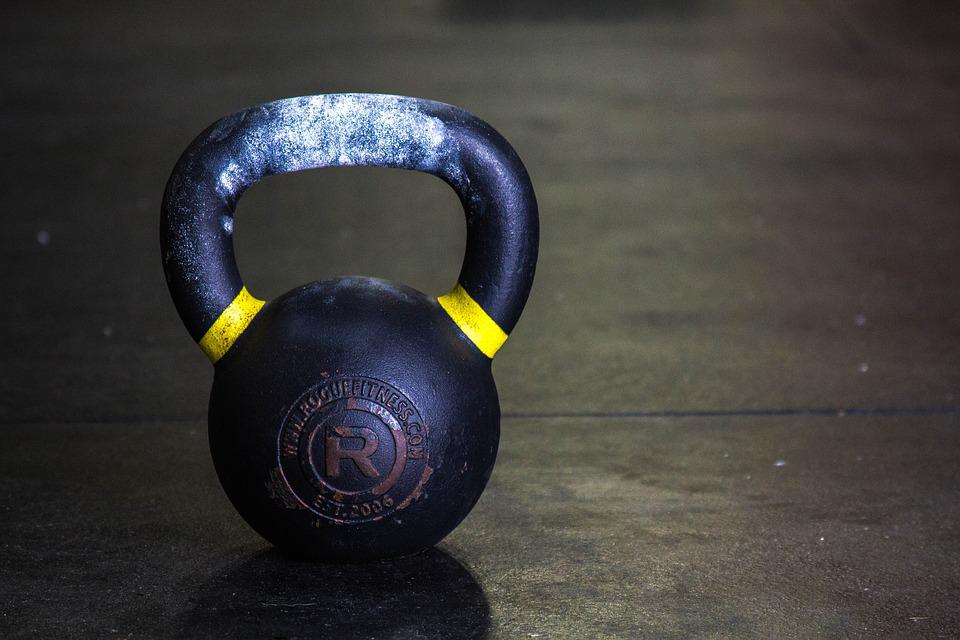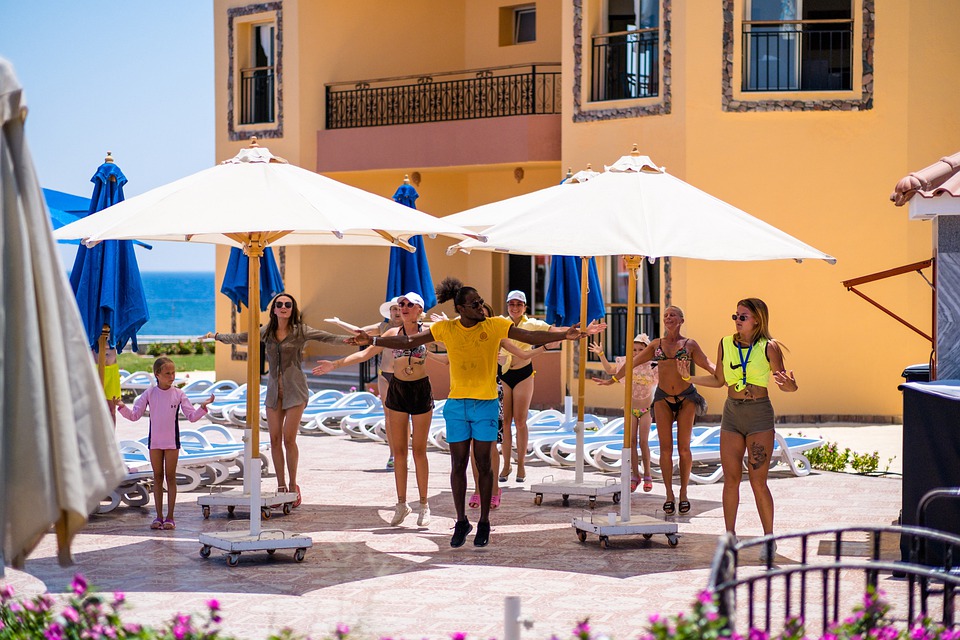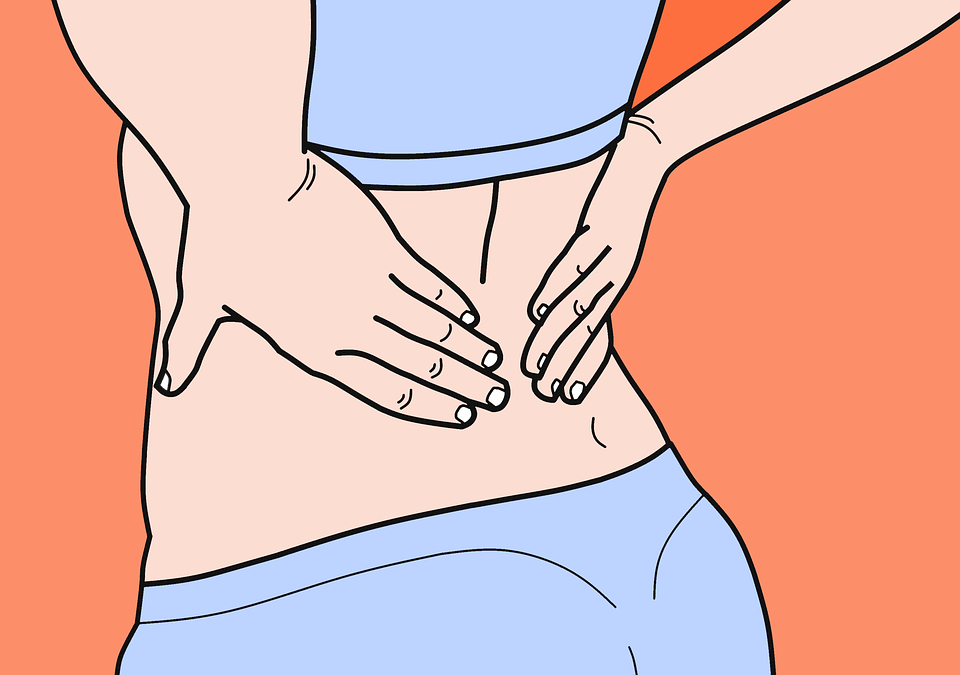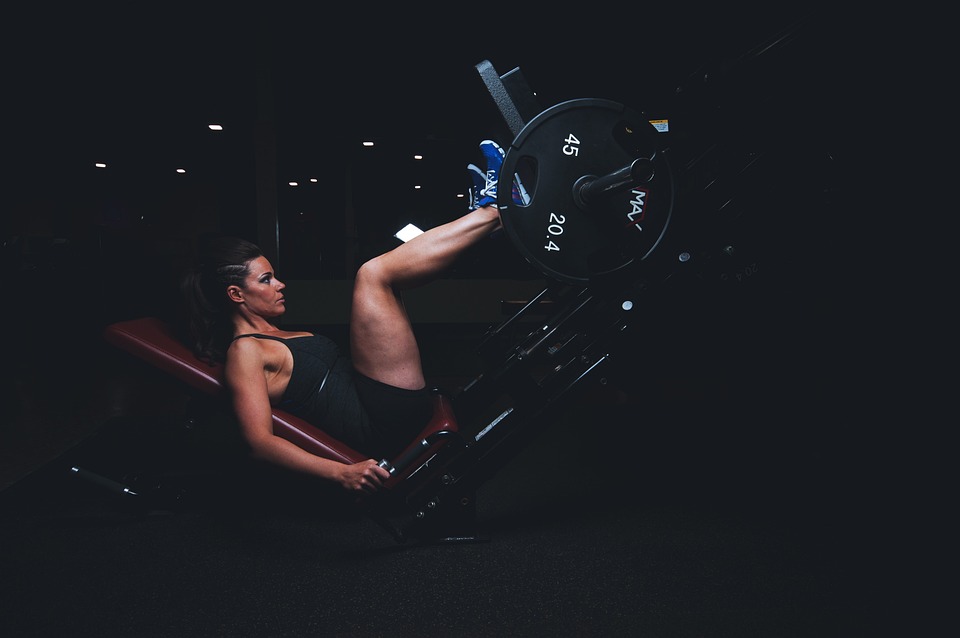
Personal trainer Kristina Earnest, CPT, says that having a strong lower body is essential for performing many everyday functional movements. Moves that seem simple, like climbing steps or squatting to pick up something, require strength and stabilization from your legs.
The best leg workouts include exercises that target all the muscles from every angle. visualize your legs as two halves: the front half and the back half The muscles in the front of your body from your thighs to your calves are called the anterior chain. Or, in other words, all the muscles that attach behind your pelvis and femur.
Additionally, leg workouts engage other muscles throughout the process. The squat is an excellent leg exercise that works for many muscle groups. Doing this move will engage your glutes, quads, and core. According to Earnest, working out multiple muscle groups at once will raise your heart rate, and thus, you will be able to do a combination of strength and cardiovascular exercises. “That is a bang for a metabolic buck.”
Best Leg Exercises For An Effective Leg Workout
1. Hip Circles
How to:
- Support yourself by putting your weight on your elbows and knees. Keep your shoulders over the elbows and hips over the knees.
- Make circles in the air with one knee, moving from the hip. Draw a circle as wide as possible while keeping the torso stable.
- Continue moving the right knee in circles for 30 seconds, then switch legs and repeat.
2. Jump Rope
How to:
- Stand with feet under hips and arms at sides. (No, you don’t need an actual jump rope to carry out this move. Though if you have one, feel free to bring it out.)
- Do a series of continuous small jumps in place, vertically or laterally, moving your arms as if you’re swinging a rope underneath you with each burst.
3. Skaters
How to:
- Stand with your feet hip-width apart.
- Shift your weight onto your left leg and use it to laterally jump toward the other side, landing on the right foot.
- Shift your weight onto your right leg and use it to laterally jump toward the other side, landing on the left foot. (You’ll look like you’re skating.)
- Continue alternating sides. (Go faster to rev your heart rate, or slow it down for a stability and balance challenge.)
4. Walking Lunges
How to:
- Rest your hands on your hips, then take one large step forward with your right leg, keeping your torso upright. (Amp up the effort by holding dumbbells.)
- Bend the knees and lower your body into the lunge position, stopping when your legs form 90-degree angles.
- Press through the right foot and step forward again so that you land in the same position as your left side as if you are “walking.” That’s one rep.
- Continue alternating sides.
5. Donkey Kick
How to:
- Start on your hands and knees on your mat, with hands under your shoulders and knees under your hips.
- Keeping your right knee bent at a 90-degree angle, lift your left leg into the air until your leg forms a straight line with your shoulders and back, your right toe pointing upward.
- Reverse the movement to return to the start.
- Switch legs after completing all reps on your right side.
6. Side Lying Plank
How to:
- Lie on one side with your legs stacked on top of one another.
- Place your forearm on the floor with your elbow below your shoulder and forearm parallel to your mat.
- Pushing off your elbow, engage your core, glutes, and legs to lift your body weight off the mat.
7. Broad Jump
How to:
- Stand with your knees hip-width apart.
- Bend at the glutes and hips, then launch your body forward in a controlled jump movement.
- Land on your feet as far as you (comfortably) can from your initial starting point. That’s one rep.
8. Goblet Squat
How to:
- Stand with feet hip-width apart and hold a weight in front of your chest, elbows pointing toward the floor.
- Push hips back and bend knees to lower into a squat.
- Engage glutes to return to standing. That’s one rep.
9. Sumo Deadlift
How to:
- Holding two kettlebells or dumbbells, stand with feet slightly wider than hip-width apart, toes pointed out.
- Position weights in front of thighs, palms facing in.
- Keeping knees slightly bent, press hips back as you hinge at the waist and lower the weights toward the floor.
- Squeeze your glutes to return to standing. That’s one rep.
10. Single-Leg Deadlift
How to:
- Holding a weight in each hand, stand on the left leg with palms facing toward your thighs. (Or, hold one heavier weight with both hands.)
- Keep your left leg slightly bent while hinging forward at hips, extending the right leg straight behind you, until the torso is parallel to the floor. Weights should be lowered straight down as you move until they’re almost touching the floor.
- Drive into left heel to return to standing. That’s one rep.
- Complete all reps on one side, then switch legs.
11. Banded Lateral Walk
How to:
- Place a mini resistance band a few inches above the ankles.
- Stand with feet hip-width apart, knees slightly bent.
- Maintaining a tight core, step left foot out to the side, followed by the right. That’s one rep.
12. Stability Ball Bridge
How to:
- Start lying on your back with arms by sides, legs bent at 90 degrees (shins parallel to the mat), and feet on a stability ball.
- Push down into soles, upper back, and arms to lift hips off ground a few inches.
- Lower back to start with control. That’s one rep.
13. Suitcase Deadlift
How to:
- Hold a weight with the left hand, feet shoulder-width apart and right hand clenched in a fist.
- Keeping abs engaged and knees soft, sit hips back to slowly lower weight until it reaches the middle of the left shin. The back should be parallel to the floor.
- Pressing through heels and engaging abs, quickly return to start.
- Squeeze glutes once completely upright. That’s one rep.
14. Squat with Heel Raise
How to:
- Stand with heels wider than shoulder-distance apart, toes turned out slightly.
- Bend knees, reach hips back, and lower down into a squat.
- Drop arms down in between legs.
- Drive into heels to stand up, circling arms out to the sides.
- At the top, lift arms straight up overhead and press up onto toes. That’s one rep.
15. Lateral Lunge with Balance
How to:
- Stand with feet hip-width apart, holding dumbbells with hands at sides.
- Take a big step to the right, then push your hips back, bending your right knee and lowering it until your right knee is bent to 90 degrees.
- Reverse the motion to push back to an upright position.
- Take a big step to the left, then push hips back, bending left knee and lowering until left knee is bent to 90 degrees.
- Reverse the motion to push back to an upright position. That’s one rep.
16. Bulgarian Split Squat
How to:
- Start standing about two feet in front of a chair (or similar raised surface). (Optional: Hold a weight in each hand.)
- Extend the left leg back and place the left foot on the step.
- Bend knees to lower body as far as you can (or until knee hovers right above the ground), keeping shoulders back and chest up.
- Pause, then press through the right heel to return to the start. That’s one rep.
- Complete all reps on one side, then switch legs and repeat.
17. Calf Raise
How to:
- Stand with feet shoulder-width apart. (Optional: Hold a pair of dumbbells.)
- Keeping the rest of the body still, lift up onto the tips of toes. (Option: Hold for up to 30 seconds.)
- Lower heels back to the ground with control. That’s one rep.
More Leg Exercises For Muscle And Strength
Back Squat
The Back Squat, which is often called the king of lower body exercises, is a compound exercise that works every muscle in the legs. This exercise is also great for muscles in the upper body because it helps to stabilize the load and protect the spine. This exercise is a great choice for gaining strength and muscle mass, and also for reinforcing the movement patterns we use in our daily lives.
How to Do the Back Squat
This exercise can be done with a barbell that is shoulder height and loaded with an appropriate amount of weight. Get in position for a low-bar squat by placing the barbell across the upper part of your back, or across your shoulder blades. Start by bracing your core and then lifting the weight out of the rack. Back up slowly, one step at a time, until you’re in the right position. Sit down in a squatting position with your chest up, until your thighs are parallel to the floor. Now, drive back up by pushing your feet through the floor.
Front Squat
The front squat can be a great alternative to the traditional back squat. If you have a shoulder injury or the barbell back squat aggravates your lower back, then you may want to try this front squat variation. This squat variation is more challenging for the upper back and torso muscles because the barbell is held in front instead of the back, shifting the load from the back to the front. This also requires more stability in the upper body and chest area and forces the person lifting the weights to have better posture and be upright, which is better for working the core muscles.
How to Do the Front Squat
Place a barbell in a power rack at shoulder height, and load it with the appropriate weight. Hold your arms out in front of you so that your hands touch the bar. Put your middle three fingers on the bar, and then push your palms up. Put your elbows under the bar so that they’re pointing straight forward. The bar should be resting across your upper chest. An alternative starting position for those who cannot get into the required position is to rest the bar on your collarbone and cross your arms so they touch the opposite shoulder. This position is called the genie rack position. Move back so the bar is no longer in the rack and keep your elbows pointing forward. To squat, start with your chest up and lower your thighs until they are parallel to the floor. Push through your feet to return to the starting position.
Leg Press
The leg press doesn’t require you to put weight on your torso and back, making it easier to move. This means that you can put more weight on the exercise than most other leg exercises. The leg press is great for building bigger and stronger thighs. The sled is also easier to use because you can rack it by turning the handles. The leg press can be loaded and unloaded quickly, making it useful for drop sets. You can perform a set of high repetitions, remove the weight plates, do another set, remove the plates, and continue doing this.
How to Do the Leg Press
Sit on the seat of the leg press machine, and place your feet in the middle of the sled, with them slightly wider than shoulder-width apart. To start, press the sled out of the rack and lower the safety bars. Then, slowly lower the sled down your body until your thighs make a 90-degree angle. Press the sled back up, but keep your knees slightly bent. If your hips or lower back come off the seat when you push the weight back up, you are going too deep.
Hack Squat
The hack squat machine was created by George Hackenschmidt and has become one of the most popular machines for adding strength and muscle to your legs. Like the back squat, this exercise helps build strength in the squat movement pattern, which can help with other lifts. This machine provides added stability to help protect against injury and also can help those who have pre-existing injuries by having a predefined movement pattern.
How to Do the Hack Squat
You should take a similar stance on the foot platform as you would when squatting in order to maintain good form. Position your feet slightly wider than shoulder width with the toes pointed slightly outward. This will line the knee up with the foot as it tracks forward during the descent. Be sure your torso is stable, with your abs engaged and your back flat on the backrest. Keep your head in a neutral position as you lower your body until your thighs are parallel to the platform your feet are on. Then push through your feet to get to the top.
Romanian Deadlift
This deadlift variation is not the same as the standard deadlift. The difference is that you lower the barbell to mid-shin level by driving your hips back while keeping your core engaged with tension on your hamstrings and glutes. The Romanian deadlift is considered one of the best exercises for developing muscle and improving your regular deadlift. It also strengthens your hips and lower back, which reduces the risk of injury when performing similar movements.
How to Do the Romanian Deadlift
Get into the same position you would for a traditional deadlift, but with a barbell loaded with less weight. Place your feet shoulder-width apart and grip the bar with your hands just outside your knees. Start by lifting your chest and then dropping your hips. Pull up on the bar until your hips are in a straight line with your body. So, you want to push your hips backward and then lower the bar so that it’s in the middle of your shins. You should feel a stretch in your hamstrings. Bring the weight back up to the starting position by driving your hips forward.

